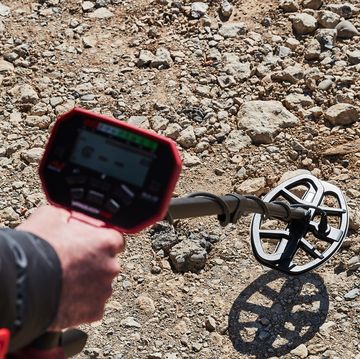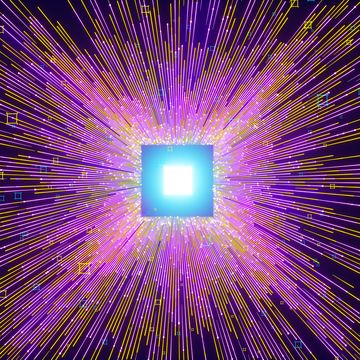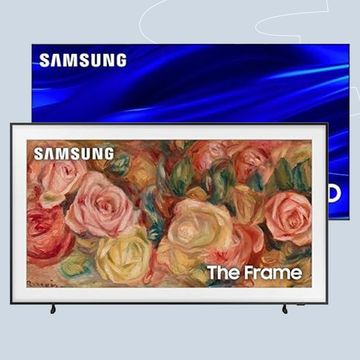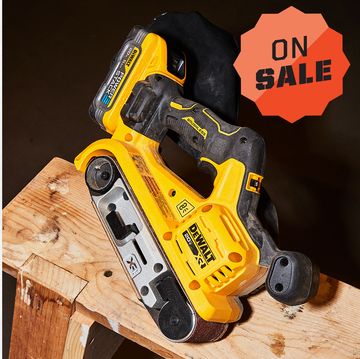Four years ago, when I was a magazine editor, I bought one of the first consumer 3D printer kits. It was one of the early MakerBot Cupcakes and it barely worked, but it blew my mind. It also changed my life. Today I've moved from media to manufacturing: I run 3D Robotics, a drone company with a big electronics and assembly factory in Tijuana, Mexico. (Yes, a Tijuana drone factory. Beat that, sci-fi!)
How is it possible for a magazine editor to become a high-tech manufacturer, essentially overnight? And how do you go from a bag-of-parts 3D printer to a full-scale factory? The answers are rooted in a revolution that's come to manufacturing over the past five years. The changes boil down to three ideas: desktop, digital, and cloud.
Desktop Fabrication
First: desktop. In the 1980s the personal computer brought desktop publishing to anyone who was interested, making a process that used to require typesetters and printing presses available to all (and creating a class of content creators who would ultimately fill the Web).
Now desktop fabrication tools are doing the same for physical objects. The 3D printer was the first of those technologies to go mainstream, but today in my home workshop my kids and I also use desktop CNC mills (a subtractive process that cuts away material, unlike a 3D printer's additive process of laying down new material), 3D scanners, CAD software, and even a desktop injection-molding machine. These machines cost less than $2000 each, and they are getting nearly as easy to use as an inkjet printer. A lot of the necessary CAD software is free.
True, none of these are designed for mass production; they're small and somewhat limited in the materials they can use. But you'd be surprised at how much of the manufacturing process can be done at this scale.
Take the injection molding of plastic parts. This is traditionally an expensive and time-consuming process for any company making hardware. After a part has been designed in CAD and prototyped on a 3D printer, it's typically sent to specialists to be turned into a mold, and then to an injection-molding factory that makes the final parts. That's a process that can cost at least $10,000 and take more than two months—just to get ready to start actually manufacturing anything.
For complex parts and large runs, that's still the right way to do it. But for simple components that will be made in batches of up to a few thousand, the whole process can now be done with desktop tools. Once you have the part itself designed, you can use plug-ins for CAD tools to generate a design for your mold, and then carve it out of aluminum on a three-axis desktop CNC mill. That mold can then be used with a desktop handpressed injection-molding machine that's no larger than a small drill press.
It's not hard to make six parts a minute, or 360 parts an hour. Several thousand can be produced in a few days by someone with no special skills at a cost of a few hundred dollars, as little as 1 to 2 percent of what professional production would cost. More important, the timeline is days, not months—you can make the parts on demand. The time savings alone can make this a game changer for small, fast-moving companies.
These are all examples of desktop manufacturing, which is the enabling technology trend for the maker movement. Although the manufacturing capability is sometimes exaggerated (desktop prototyping is usually closer to the truth with 3D printers), what's important about this democratization trend is that it taps the huge pool of talent, energy, and creativity outside the world of trained professionals.
Just like the PCs of the 1980s (which were more feeble than the professional computers of the time but available to far more people) and the Internet of the 1990s (which was slow and limited at the start but open to all), what desktop manufacturing tools lack in power, they more than make up for in accessibility. And they're getting better and cheaper even faster than the computing and communications technologies of the past two generations did—in part because they are built on the PC and the Web, and have inherited innovation models such as online content sharing that those technologies created.
The Power of Code
That brings us to the power of the second idea in the new industrial revolution: digital. Because these desktop tools have computers at their core, smart software replaces the machine-shop skills that used to be required to use them. Just as with desktop publishing a generation ago, complexity is replaced by code. Increasingly, what had been guild-like knowledge is being presented through onscreen wizards—and amateurs can handle processes that used to require trained toolmakers.
That dramatically lowers the barrier to entry for turning ideas into prototypes. And because today's designs start onscreen, in CAD tools of one sort or another, they exist as digital files that can easily be shared and modified. And that means that they align with the weave of the Web, fitting naturally into the online sharing and collaboration culture and turning what would have once been solo efforts into community projects.
Cloud-Based Service
That brings us to the third concept: cloud. Those same digital files don't have to be turned into physical objects on a desktop—they can also be sent to factories to be manufactured at any scale. A wide range of online manufacturing services has emerged alongside the maker movement, including Shapeways for 3D printing, Ponoko for laser cutting, Protomold for injection molding, and MFG for machine-shop services. (There are dozens of others for electronics at sites such as Alibaba, a gateway to working with Chinese factories of all sorts.)
That means that we finally have an end-to-end fabrication chain that's open to the individual, from prototyping to mass production. What the Web did to open media to the masses, the new movement is doing for manufacturing.
How am I so sure of all this? Because that's exactly the path we took at my own company. My cofounder, Jordi Munoz, and I started with an online community designing electronics and sharing files back and forth. Then Jordi bought a used desktop pick-and-place machine from eBay to make the electronics. After that came the CNC mills to make the drone airframe parts, bigger and better pick-and-place machines, 3D printers for prototyping, and more. For hard things, we started with cloud services such as Protomold and Alibaba, and then, once we understood them better, we brought that production in-house to save money and time.
Three years ago the company consisted of Jordi hand-soldering on a folding card table in his garage and me and my kids packing kits on the dining room table. Now we've got 35,000 square feet of factory space with four high-end pick-and-place lines, three CNC lines, and factory managers hired from companies such as Samsung and Foxconn running the show. All of this was learned by doing, not by schooling. And that's the magic of the new industrial revolution.
Chris Anderson, the former editor-in-chief of Wired magazine, is the cofounder of 3D Robotics, which sells small UAVs. Like many new entrepreneurs, he benefited from easy-to-use desktop tools such as 3D printers.













